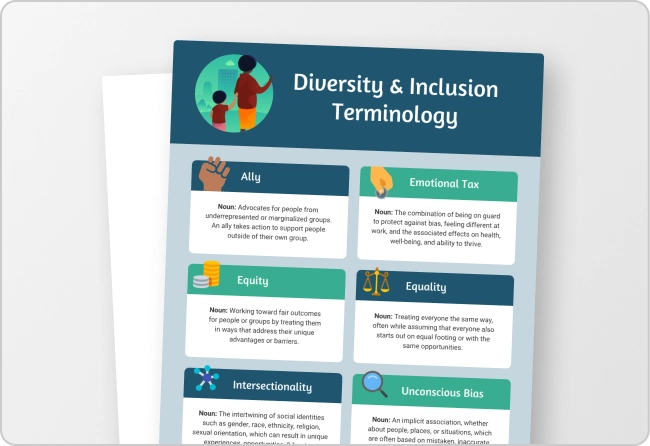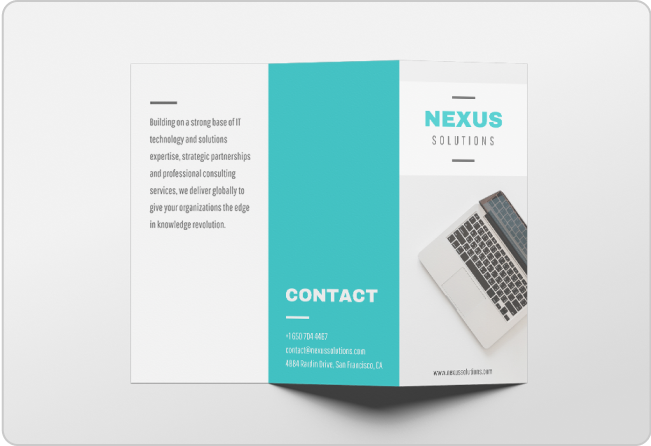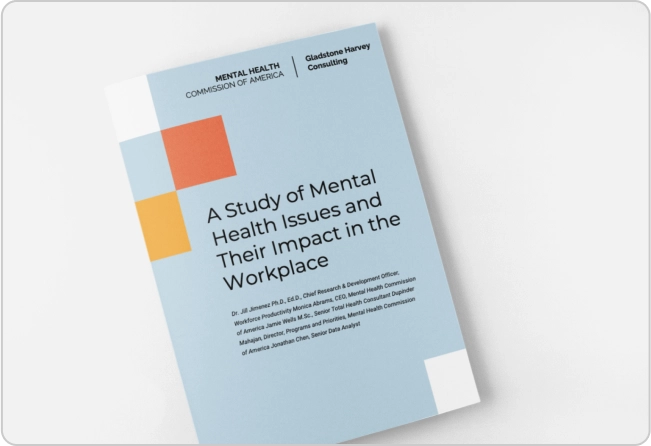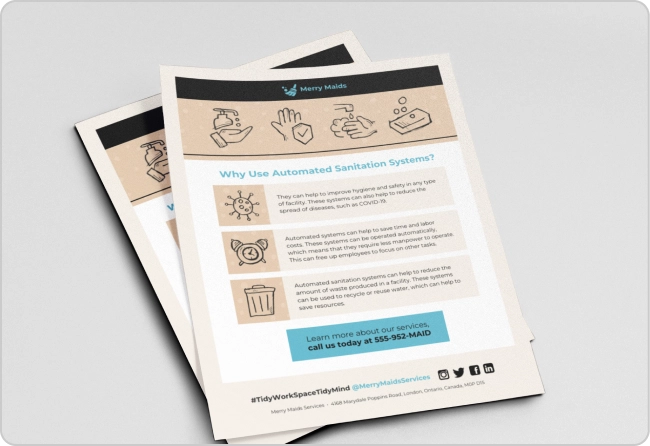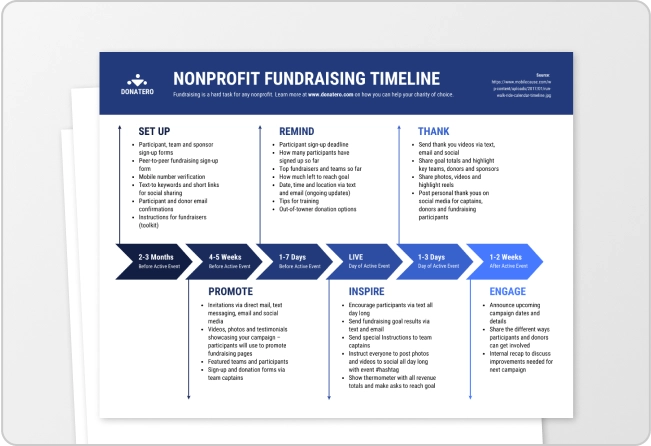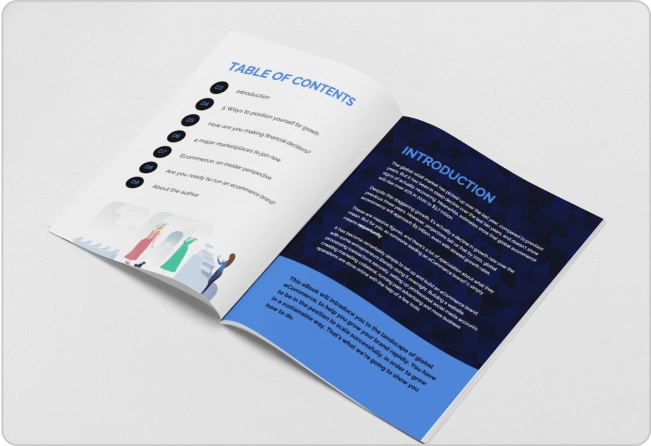Eva Creerson is an eLearning specialist and content writer at masterpapers.org writing service. She loves exploring new ways of engaging learners.
It doesn’t matter if the information you’re sharing is large or small, generated by yourself or compiled from outside research, eLearners have a need to visualize data. Some learn through hands-on experience, some from audial perception, and others through visual means, spatial learning. Spatial learners require first seeing what it is they are expected to know. Infographics provide a solution for eLearning instructors when it comes to the visual and “hands-on” kinesthetic aspect of the learning experience (I’ll explain below). If you’re not already using infographics in your eLearning courses, you should start. Here’s why.
Infographics Provide More Than Just Data
Some visual learners are able to absorb information that they read, and their minds are able to absorb sets of data laid out in the symbology of language alone. Infographic offer more than just words can say, exhibiting traits that provide an enhanced learning experience for students. They provide a platform that engages different parts of the brain, allowing a more in-depth and diverse view of the data represented. By both interpreting and designing infographics, learners will develop sense-making and information literacy.
Where textbooks and lectures provide a linguistic learning experience, graphic organizers, modeling software, computer simulations, and kinesthetic activities provide a non-linguistic experience. According to an International Society for Technology in Education article, education infographics provide 2 valuable functions:
1. Potentially replacing each of the learning mediums above (including kinesthetic activities), and
2. Providing an all-encompassing, easy to implement solution for three types of learners–spatial, kinesthetic, and combination.
Infographics represent an educational converging point where multiple learning platforms fall short. By integrating them into your elearning platform, you can achieve multiple educational goals at once.
Interpretation and Creation of Infographics Foster Certain Capabilities in Learners
The creation of their own and interpretation of your infographics, which are designed specifically for your course materials, will help students develop capabilities in each area.
Interpretation capabilities enhanced with infographics:
- Making sense of dynamic systems, relational data, or change over time,
- Building critical faculties through the use of images with contrasting quality,
- Information literacy through examination of the source of graphics.
Design capabilities enhanced with infographics:
- Effective presentation of data collected,
- Making sense of statistical data,
- Creating valid narratives of statistical data.
You should use infographics to present information as well as to test students’ understanding of information presented in other forms of media.
<a title="Infographic: Capabilities Created by Infographics in Education | Venngage" href="https://venngage.one/blog/why-you-should…earning-course">
<img src="https://venngage.one/wp-content/uploads/2016/03/f1c174ac-7134-4579-af15-d52cae32d57e-3.png" alt="Infographic: Capabilities Created by Infographics in Education | Venngage" /></a>
Capabilities Created by Infographics in Education | <a href="https://venngage.one" style="color: #C7C5C5; text-decoration: none; font-style: italic;">Infographic Maker </a>
eLearning Infographics are Part of This Contemporary Education Component
There is something that modern students need, which is fairly new in the education world. It is visual digital literacy, the ability to understand modern technology in the sense of images. Without this, students cannot thrive in the professional world today. Infographics present part of a solution for educators to this new teaching challenge.
In nearly every field, professionals will need to understand not only the purpose served by an infographic, but other aspects of understanding visual data in an educational environment. You can keep up with the times by including them in your curriculum.
Are You Seeking Fast and Efficient Communication with Students?
When a sample of students were asked what the importance of an infographic is, by one authority research group, the top answer was that they provide faster and more efficient communication. So, students seem to see infographics as an effective and quick means of delivering data. If you look at this component alone, you see that this type of expository graphic is perceived by students to be a satisfying instructional tool in their education. Assuming that students have the ability to gauge their own learning experience, it’s safe to say that you can communicate your elearning data in a powerful and speedy manner through the use of infographics.
There are many reasons to use infographics in your elearning curriculum. They provide valuable learning functions that can’t quite be inclusive of other methods of delivering information, bring specific interpretation and creation benefits, are part of the required understanding expected of modern students, and can deliver information in a fast and effective manner. So, if you haven’t integrated this valuable instrument for elearning into your instructional system, make the change today.
Read Venngage’s guide for how to use infographics as multimodal learning tools.






























